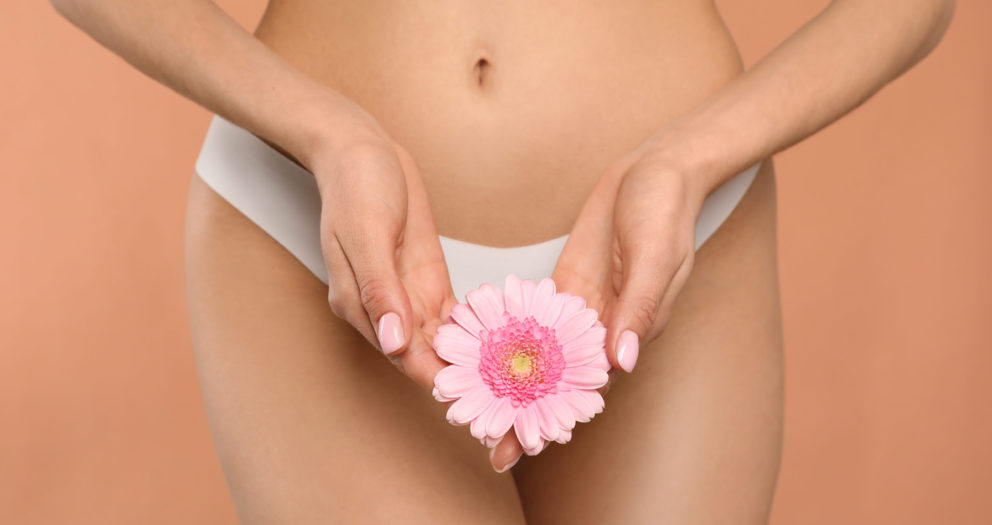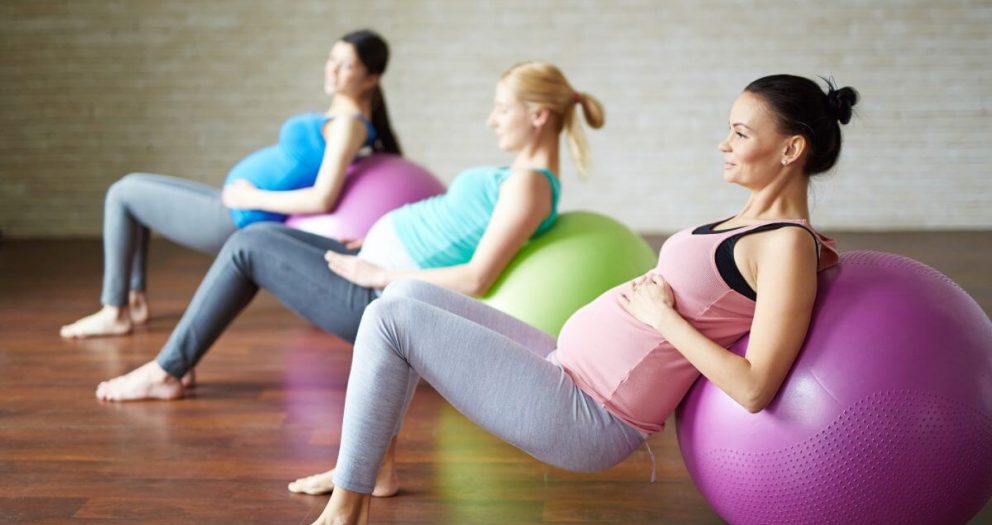Vaginal cups, in addition to offering a convenient and economical alternative to traditional tampons, are also notable for their significant positive impact on the environment. In this article, we will explore in detail how the adoption of menstrual cups can contribute to the circular economy and the reduction of plastic waste, while providing meaningful statistical data and graphs.
Menstrual cups
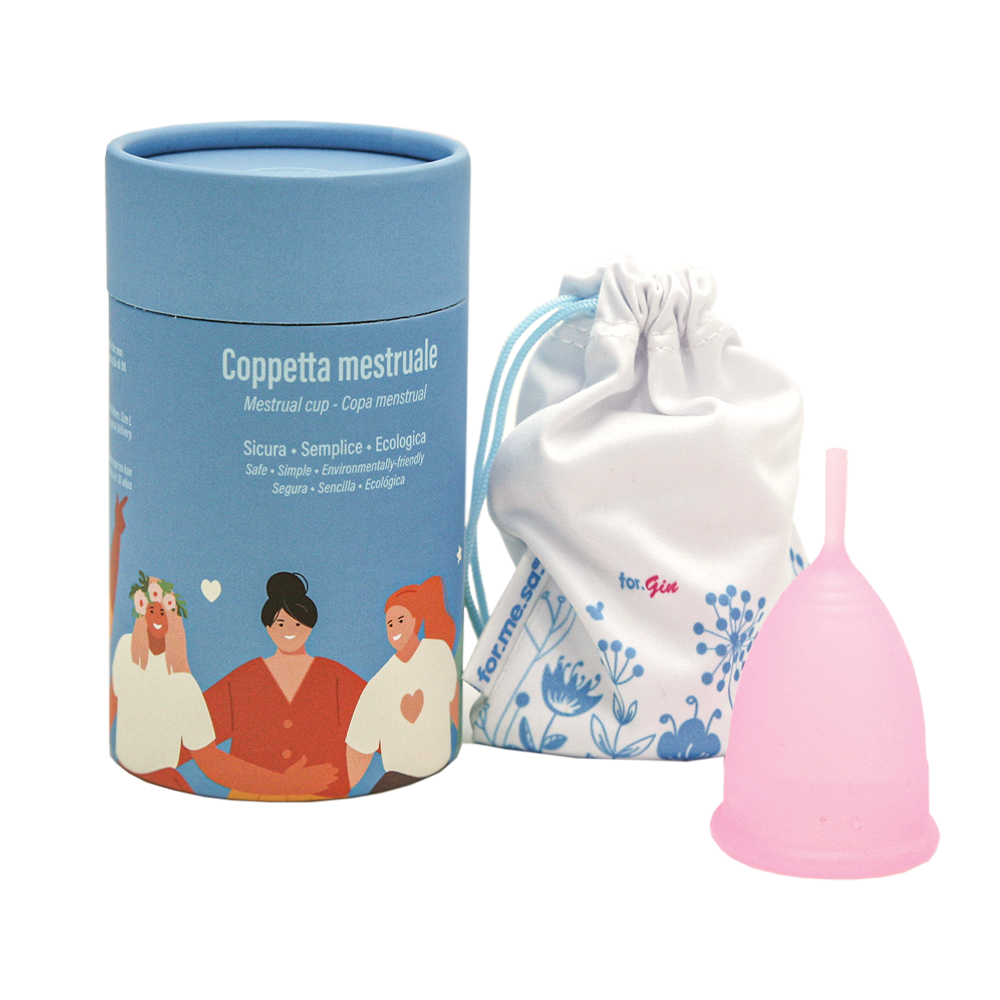
Menstrual cups are a reusable hygienic device that is inserted inside the vagina during the menstrual cycle to collect menstrual flow. They are made of medical silicone or latex and come in a variety of sizes and shapes to suit women’s different needs.
Disposable sanitary napkins
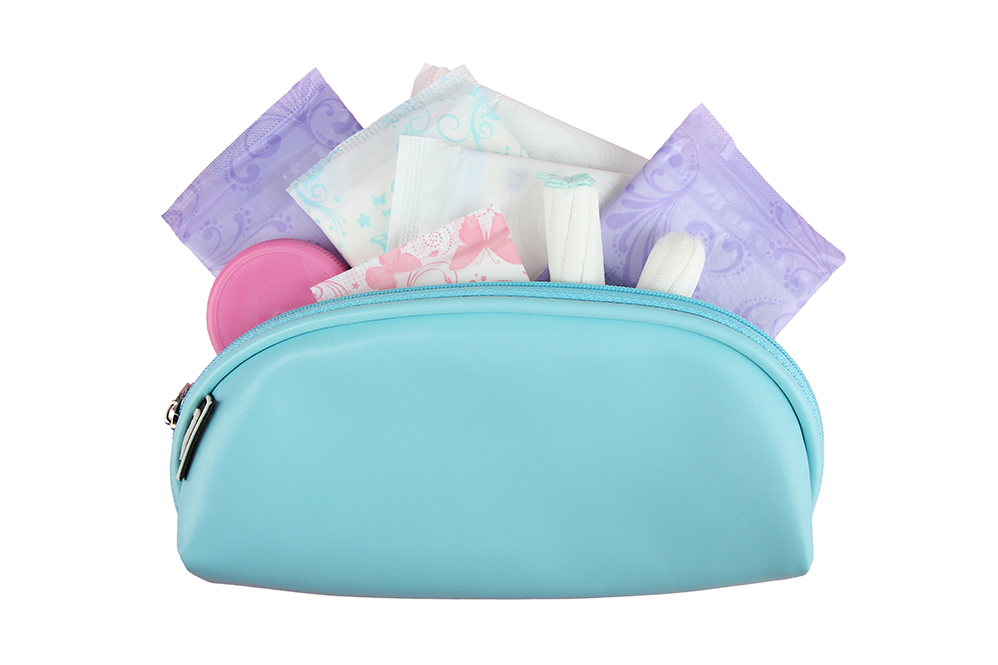
Disposable pads are sanitary products that are used to absorb menstrual flow, urinary leakage or other bodily fluids. They consist of an absorbent material, such as cellulose, wrapped in an impermeable coating.
1. Waste Reduction
Compared to traditional disposable tampons that contribute significantly to the waste crisis, vaginal cups are an environmentally friendly solution due to their reusability over time while drastically reducing environmental impact.
According to a 2022 report by the nongovernmental organization Zero Waste Europe, women in Europe generate about 45 billion pieces of female hygiene-related waste each year. These wastes include disposable tampons, pads, menstrual cups and other intimate hygiene products

Specifically, in Italy it is estimated that women produce about 2 billion female hygiene-related wastes each year, the equivalent of about 5.5 kg of waste per woman per year.
Within the report, disposable sanitary napkins account for about 80 percent of feminine hygiene-related waste in Europe, a percentage that hovers around 75 to 85 percent in Italy.
2. Consumption of Resources and Materials
Menstrual cups, often made from safe materials such as biocompatible medical silicone, require fewer resources in their production than disposable pads. In addition, the use of high-quality materials contributes to the longer life of the cups.
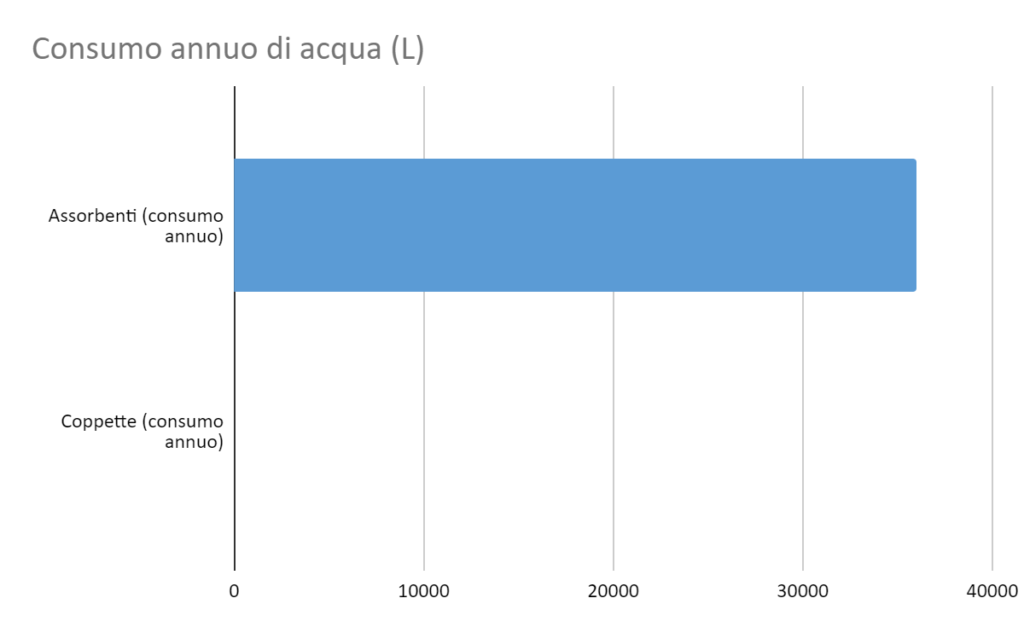
Menstrual cups
The estimated annual resource consumption for the production of a menstrual cup results as follows:
- Resources: 40 grams
- Energy: 2.5 kWh
- Water: 10 liters
Disposable sanitary napkins
The estimated annual resource consumption for the production of 360 disposable sanitary napkins is broken down as follows:
- Resources: 5400 grams
- Energy: 540 kWh
- Water: 36000 liters
3. Long-Term Environmental Impacts
The multi-year shelf life of a single menstrual cup reduces the frequency in purchases and subsequent packaging production, thus contributing to a significant decrease in environmental impact in the long run.
Menstrual cups
Average number of menstrual cups purchased by a woman during her lifetime:
- 1 per 10 years of proper use
- 20 g of waste every 10 years
Disposable sanitary napkins
Average number of disposable pads purchased by a woman during her lifetime:
- About 360 year –> 3600 in 10 years
- 4.1 kg of waste –> 41 kg in 10 years
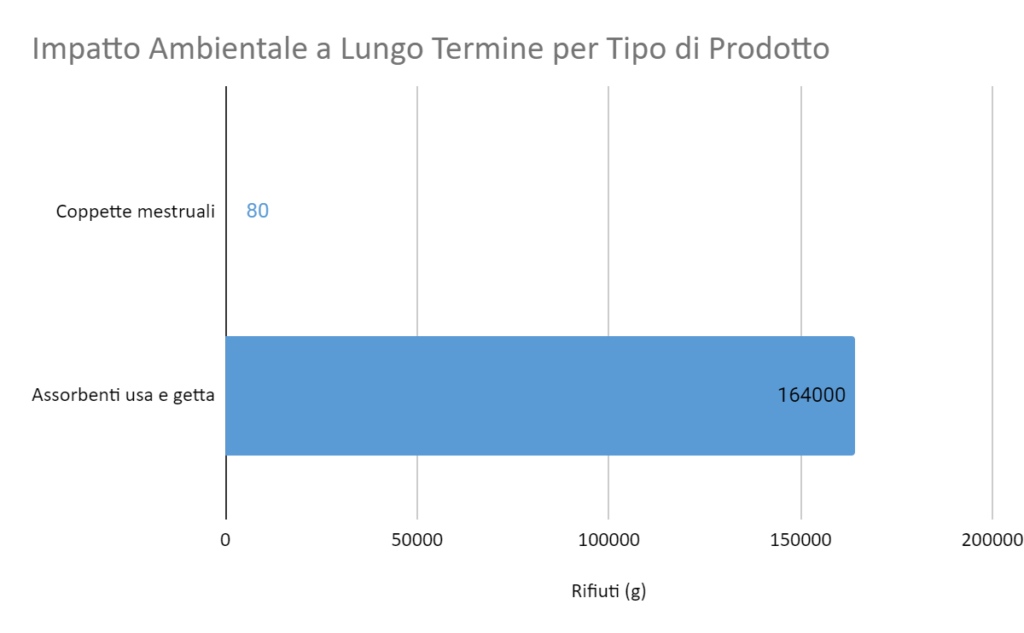
4. Market Trends and Adoption
The menstrual cup market is growing steadily, reflecting a growing environmental awareness among women and a preference for sustainable products. We will analyze the adoption of menstrual cups in major markets, with a focus on Europe.
The menstrual cup market in Europe is growing rapidly. Grand View Research estimates that the market is expected to reach a value of $2.1 billion by 2028, with a compound annual growth rate (CAGR) of 12.3 percent from 2022 to 2028.
The annual growth of the menstrual cup market in these countries is as follows:
- Germany: 15%
- United Kingdom: 12%
- France: 10%
- Spain: 8%
- Italy: 7%
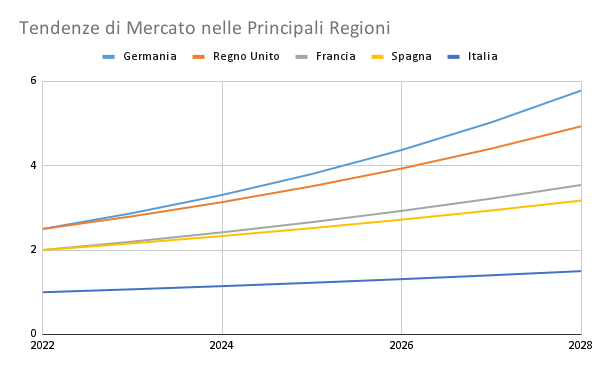
Germany is the leading market in Europe with a 25 percent share in 2022. The United Kingdom takes second place with a 20 percent share, followed by France with a 15 percent share. Spain and Italy are the fastest growing markets, with annual growth rates above 7 percent.
Conclusions: A Sustainable Future with Vaginal Cups
In conclusion, the use of vaginal cups emerges as an important step toward a more sustainable lifestyle. Large-scale adoption of these environmentally sustainable practices can have a significant impact on the health of the planet, contributing to more responsible stewardship of our environment.


